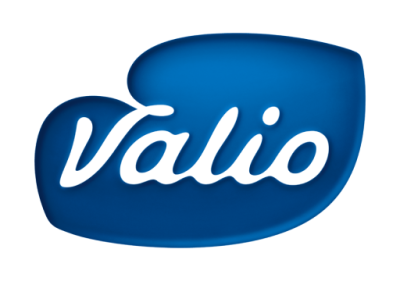“With controlled drainage the groundwater level can be regulated using dam wells. When the groundwater is high and the soil moisture increases, there’s a decrease in the greenhouse gas emissions generated from the decomposing peat. At the same time, the increased soil moisture improves the plants’ uptake of water and nutrients, which increases yields and reduces the amount of nutrients to leach in the soil. Thus peatlands are very productive also in dry summers,” Jarno Kämäräinen explains.
In practice controlled drainage requires functioning drainage with control wells installed to the release outlets to regulate the groundwater level. Maitoaho’s fields have eight wells from which the water flows forward. When the control well outlet is closed, the groundwater level rises; when it’s open, the level decreases.
“The groundwater level is lowered 1–3 weeks before the machines go into the field so that the field surface has enough time to dry and can handle the weight of the machines. During other times, the water table is kept 20–30 centimetres higher, which reduces greenhouse gas emissions. When the soil freezes or when the first snow falls, the hatches are opened to prevent frost damage to the wells. During winter, the climate impacts of peatland decrease with the lower temperatures, and the plant cover also curbs emissions,” Kämäräinen says.
Collaboration in studying peatland emissions
The carbon footprint of the milk Maitoaho produced in 2020 was 0.98 kg CO₂e/kg ECM. That’s a very good result, especially compared to the FAO’s average of 2.5 kg CO₂e/kg. The average carbon footprint of milk received by Valio is 0.7–1.3 kg CO₂e/kg ECM. The peatland carbon dioxide emissions are not yet included in the milk’s carbon footprint, nor is the soil’s carbon sequestration. Research is needed on emissions, carbon sinks, and the effectiveness of emissions-reducing farming practices.
Greenhouse gas emissions have been monitored in Maitoaho’s fields for about a year now in the three-year OMAIHKA research project. Valio is a participant in the project, headed by the Natural Resources Institute Finland, which is developing solutions to mitigate emissions from the organic arable land of cattle farms and producing information to support the national climate policy. Measurements of the peatland greenhouse gases are taken at four Valio farms.








